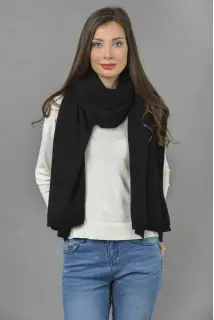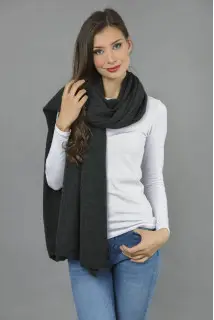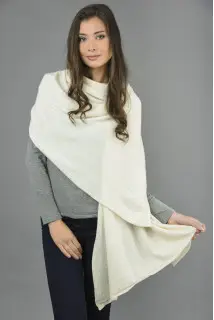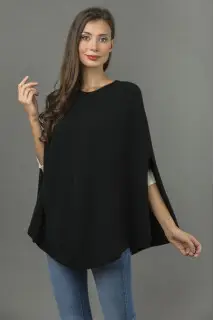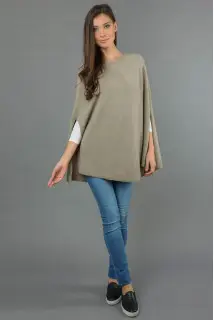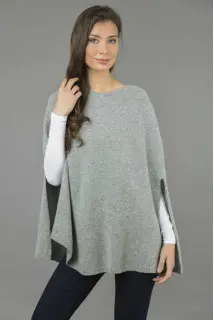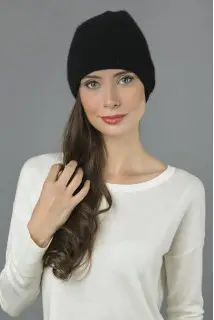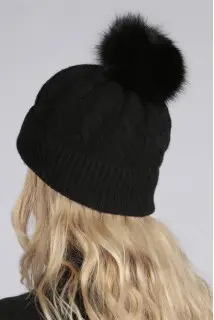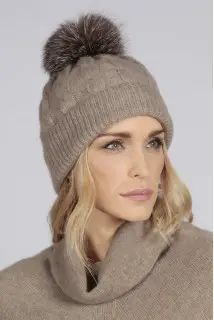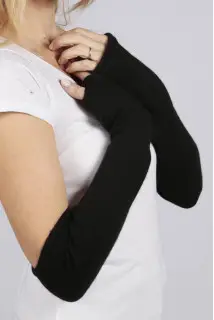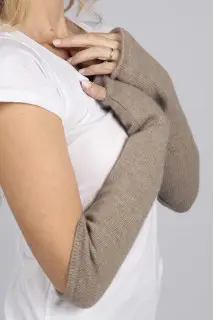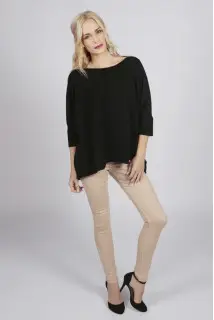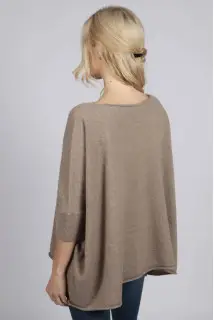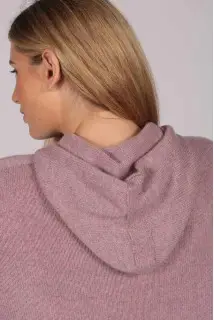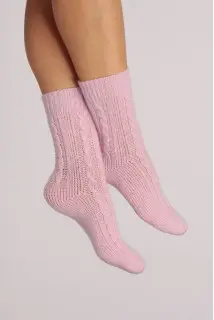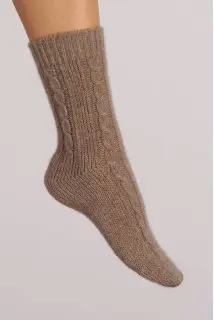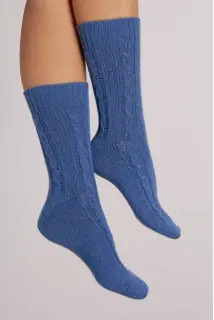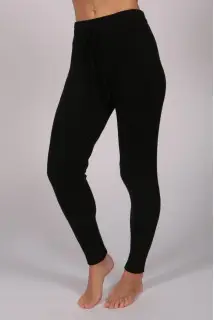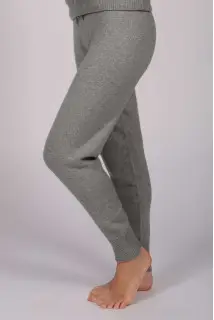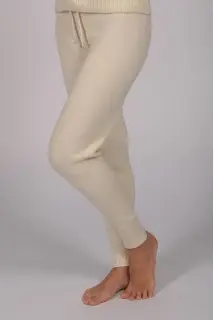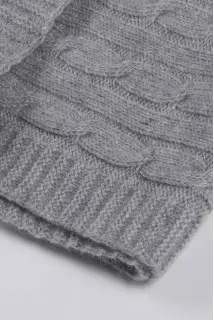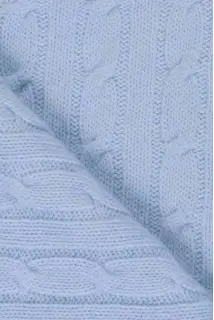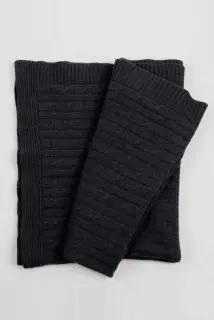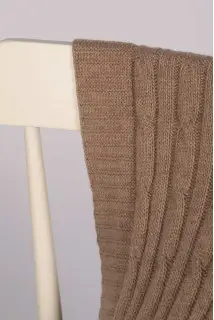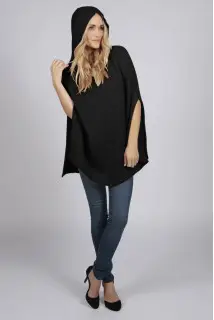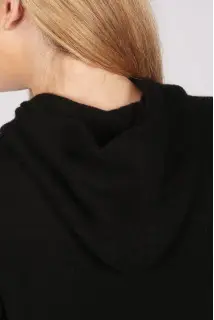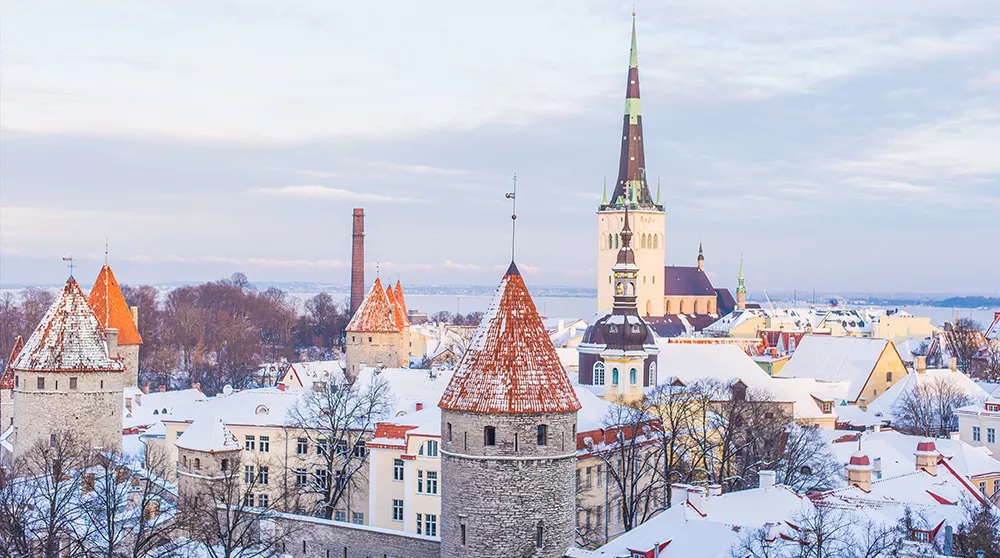
Certain countries are known for harsh winters – Canada, Russia, Norway – and sometimes travellers forget that the cold creeps pretty far south in the winter, and travelling in Europe can mean the need for careful packing to avoid a lot of discomfort and expense.
Temperatures fluctuate a lot, the addition of rain or snow add more considerations, and when fashion is taken into account, it can seem an impossible task to take on packing for a winter trip to the continent.
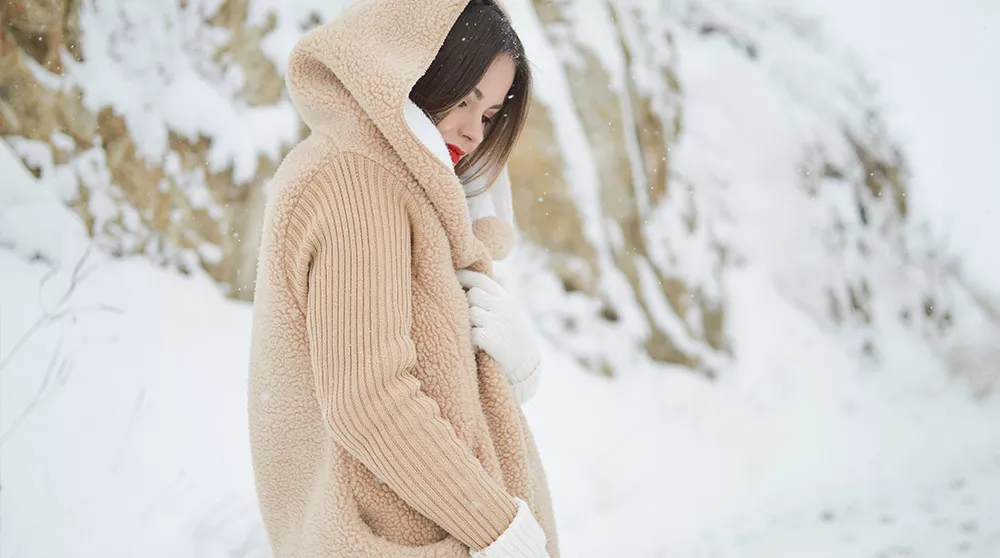
The only reason I can give accurate advice is that I’ve made mistakes, packed the wrong things, packed too many things, and in one frosty case, too few. This wardrobe I’ve developed is a great guide for the woman who wants to be comfortable in colder conditions without sacrificing looking great.
Learn from my mistakes – and make the most of your winter trip to Europe.
Before Your Pack – Here are the Important Facts
Here are a few principles, or general rules, to keep in mind when packing for a European winter.
Focus on Layering
It’s tempting to pack a massive jumper, or thick parka, as a failsafe garment for really cold days, but it’s not a good idea. Not only do these types of garments take up too much room in your bags, but they’ll only be useful in the most extreme conditions. A better strategy is to layer up.
Make sure you have high-quality thermal underwear. This should ‘wick’ the moisture away from your skin, keeping you warm and dry.
Layer some form-fitting outerwear over that, and a good technical jacket, like a fleece or something similar. These don’t have to be a sporty style, either, there are products out there that are for a stylish day out in colder weather, but have all the technical benefits of mountain sports gear.
A warmer outer layer and a shell (wind and/or proof) will also help keep the inner layers working well. Choose something designed to with moisture out, allowing the under-layers some ability to breathe.
Remember Weather is Hard to Predict
Especially as you get farther from the coasts, European weather can throw some abrupt surprises at you – and at those who try to predict it. To avoid unpleasant consequences, pack for everything: rain, snow, wind, ice and, yes, even warm sunny days. Ideally, what you wear in the morning can be layered-up, or layered down to adapt to likely changes throughout the day.
There will always be the weather that catches you off-guard, but the better prepared you are, the less likely this will be. When it does surprise you, despite your preparation, it will likely also surprise others around you, and modifications to your plans will likely meet with nothing but approval from your group.
You’ll Live in Your Coat
There is always a temptation to pack a wide variety of outfits and looks, but in reality, everything you do outside will show your outer layer only. In other words, a cute (and functional) coat is worth investing in, because it will be the featured garment of all of your outdoor appearances.
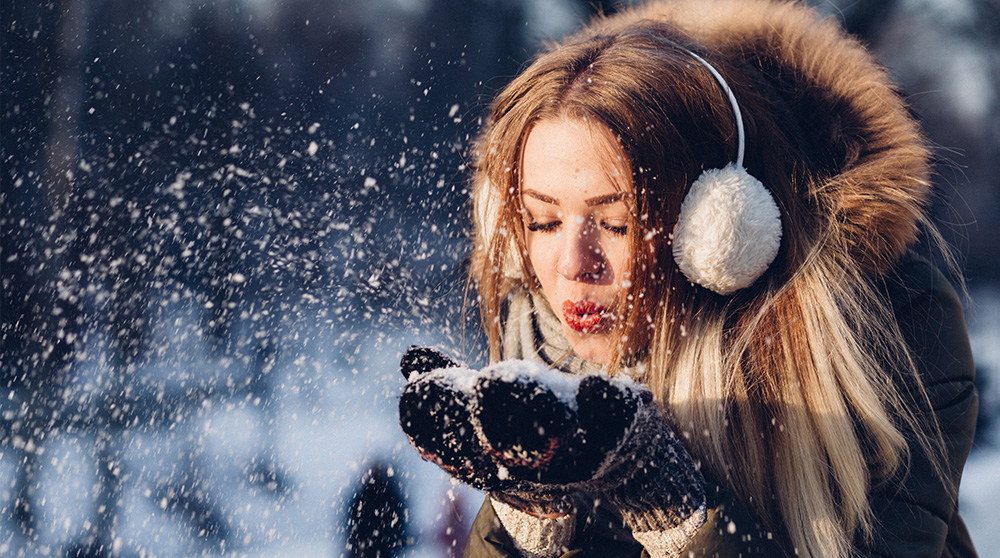
Some versatile outfits that can mix and match are best, but always with the knowledge that the coat will dominate your look. A stylish outfit with a grimacing, flushed face poking out of it will not get the overall effect you want, so some give-and-take in this area will be better in the end.
Different Parts of Europe Have Different Weather
European regions differ a lot in regard to weather, especially in the winter. Proximity to water, local altitude, wind currents, topography and even population density can have powerful effects on weather from day to day. If you’re in the countryside, you’ll be more subject to more wind. In urban areas, buildings can provide shelter, and the hustle and bustle of city life tend to raise the temperature by a few degrees.
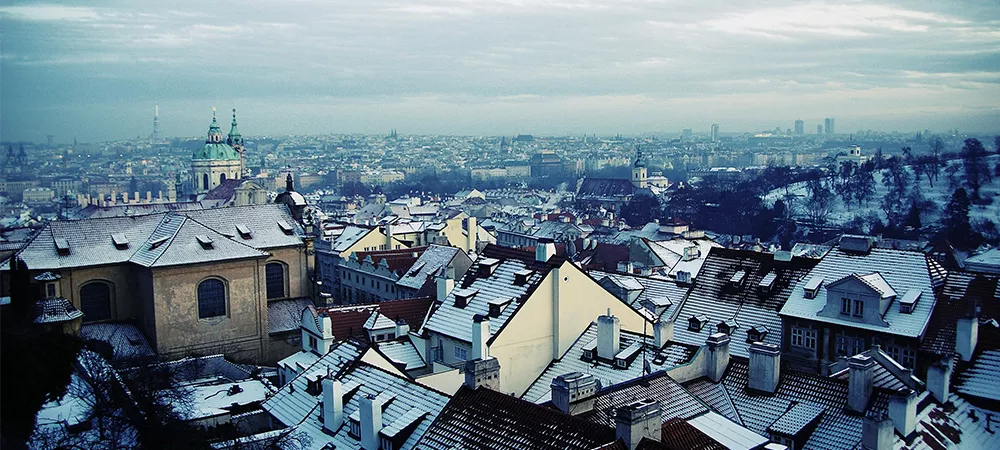
In general though, Northern Europe will be colder and have more snow, while Western, Central and Southern Europe will be warmer. Eastern Europe has its share of cold too, so be sure to check on regional averages, as well as highs and lows, before making final wardrobe decisions.
Accessories Help for Little Adjustments
If you plan to spend a significant amount of time outside, you’ll want to bring some warm accessories, like socks, gloves (more stylish) or mittens (warmer), earmuffs (don’t mess the hair) or winter hat (warmer) and above all, a good scarf.
These will pack away nicely in a small bag, ready to come out as weather changes, quickly adding protection to exposed skin without the necessity of an outfit change. Best of all, many of these items can be killer fashion statements.
Remember To Moisturise
Cold and wind combine to leech moisture from exposed skin. This means exposed skin can dry out of course, but the moisture loss means a greater strain on the rest of your skin too. Avoid chapped lips, dry, itching skin, and other damage by moisturising at least twice a day. Morning and evening at a minimum, but if you can get a mid-day top-up in, that’s even better. Carrying lip balm is also a must.
Here is the Full Europe Packing List:
Here is a breakdown of what I take. Yours might not be exactly like this, but you can still use it as a base from which to build your own list. It will keep you from forgetting anything and might even point out something you didn’t think of before.
Clothing
Underwear and Socks
I bring 7-8 pairs of underwear, 1 set of thermal underwear, 1-2 bras, 5-6 pairs of socks, 1 pair of very warm wool socks and a set of warm, long-sleeved pyjamas. This ensures a warm and fresh layer next to your skin.
You might get away with fewer pairs of underwear (but why? They’re so small to pack anyway), and you might want a couple of additional bras if you switch them out often. If you over-pack anything, it should be socks. Your feet will sweat… don’t be the stinky-foot girl of your group!
Your super-thick socks can go over a regular pair and won’t soak up as much odour. You can bring a sexy little thing to sleep in if the need arises, but don’t leave the warm set behind. Some hotels have temperamental heating systems or are draughty, and you’ll be thankful you have brought along a warmer option.
Tops and Dresses
3-4 long-sleeved tops are also useful and can fill that space between the tank top and the sweater-dress. They aren’t too big to pack and can bring in some colour to your larger items (which are better in neutrals for versatility).
I always take a few smart tank tops or camis for going out, because believe it or not, many places get too hot indoors. Overcompensation for a cold night, perhaps. You’ll be glad you’re not sweating away in a heavy sweater once the fire is roaring and the thermostat is up. A tank top and a cardigan make for easy changes between cool hallways and sweltering sitting rooms – and you don’t have to dishevel your hair in the process!
Jumpers and Coats
Other great items include a sweater-dress, a cardigan, and a thin fleece. For indoor situations that are cooler, these will be comfortable and feel light. They will also layer well with your various outer fleeces and shells, or stand-alone beneath the coat.
Outer layers should include a heavier fleece and a windbreaker or raincoat to go over them. You can sub in a light fleece or cashmere jumper under the windbreaker if temperatures are higher but the wind is still strong.

Bring a very warm jacket or coat for an outer layer. This should be water and/or windproof (perhaps depending on your destination). If you know the day is going to be a frosty one, this combines a layer or two into one more convenient item. A word of caution though: it will take up a fair amount of space in your bags. If you want a sleeker one that still keeps you warm, you’ll pay a premium for it.
If you’re choosing between different jumpers, then remember that cashmere is 7-8 times warmer than merino wool.
Shoes
To keep your feet warm, always bring a pair of warm boots suitable for walking in rough conditions. Something sleek and fashionable may be tempting, but if you’re shivering, sliding all over or, God forbid, falling flat on your bottom… any sense of chic will be gone anyway. A pair of flats for indoor use is always a good addition too.
Trousers
Jeans are not the warmest choice, but we all love them, so I bring 2-3 pairs with me as well. You can sub in wool trousers if you want to have a warmer option. Something with a bit of extra room will allow you to wear thermal underwear beneath them too, which is nice when the mercury drops. Add to that a few pairs of leggings, and you’re all set.
Don’t fall victim to a thin ‘winter’ coat that’s too cheap – it won’t be warm. If you can get one that’s water-resistant and has a hood, it will be more versatile.
¾ length is best for fashion versatility, and be mindful of the colours: neutral is better for mixing and matching. Let your accessories pop – the coat should be understated elegance.
Extras
Especially in the snow, the sun can glare, so always have some sunglasses with you. In more extreme cases, eyeballs can get sunburned… you don’t want that, trust me. The glare can also cause headaches and irritability. If you’re driving, you’ll need to be more aware of signage that when driving in a familiar place, and peering around for a street name is easier when you have some protection from glare.
To keep things stylish, I bring a couple of necklaces, usually chunkier ones that draw the eye and compliment a more neutral outfit.
Cashmere Scarves, Hats and Gloves
I always have a light cashmere scarf and a thicker scarf with me, and carry one of them at all times. Add to that a pair of fashionable gloves or mittens (you can also consider cashmere fingerless gloves or wrist warmers). Bright gloves are a great way to make a drab outfit pop, and will protect from dryness as well as cold. It’s a great way to keep germs at bay too, during the cold and flu seasons! Some are even capable of activating the touch screen on a smartphone, which is a very useful feature. If it’s going to be very cold, bring mittens instead, as your fingers are packed in there together and can heat each other up.
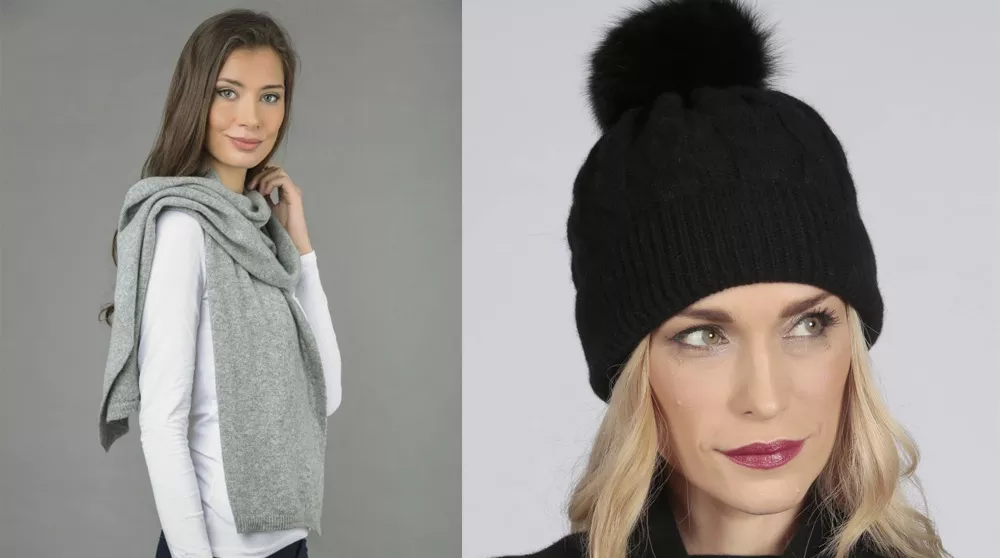
You can get excellent winter hats that cover forehead and ears, and earmuffs take up very little space and can be carried with you at all times to protect against unexpected cold winds. Cashmere hats give you a warm and stylish option.
The more coverage, the more chance to destroy a cute hairdo, so if it’s freezing and you know you’ll be wearing a full hat, a simple pulled-back ponytail is an excellent option. A looser fit will also avoid that ‘hat-head’ look. If it’s warmer, or you’re more tolerant of the cold, earmuffs allow you to protect the tender skin of your ears and only the thin band threatens to look of your hair.
Prepare for Rain
If I am in an area where rain is a probability but it’s not too cold, then I’ll pack an umbrella or raincoat.
Swimsuit
Don’t forget a swimsuit if the hotel has a pool, sauna or Jacuzzi. The hotel will have towels and robes, so don’t waste valuable luggage space on those.
Day Bag
You’ll need a day-bag or largish handbag, as you’ll be carrying around a few more things than usual. The style should match the purpose of your trip – anything from a small backpack to a small roller-board case might suit. Avoid bringing more than one, but if you must, something that collapses into a small space is best.
Did we Mention Moisturiser?
Finally, always carry moisturiser and lip balm or chapstick. Don’t leave them in your room. If the dry-skin-itches erupt mid-day, you’ll want something to relieve the irritation (often common in cold climates), and you’ll want it now.
For moisturiser, I buy one travel size and one larger one, then refill the little one for day use. This saves on cost and on the weight of my day-bag.
Efficiency and versatility – those are the keys to a great travel wardrobe in winter.



